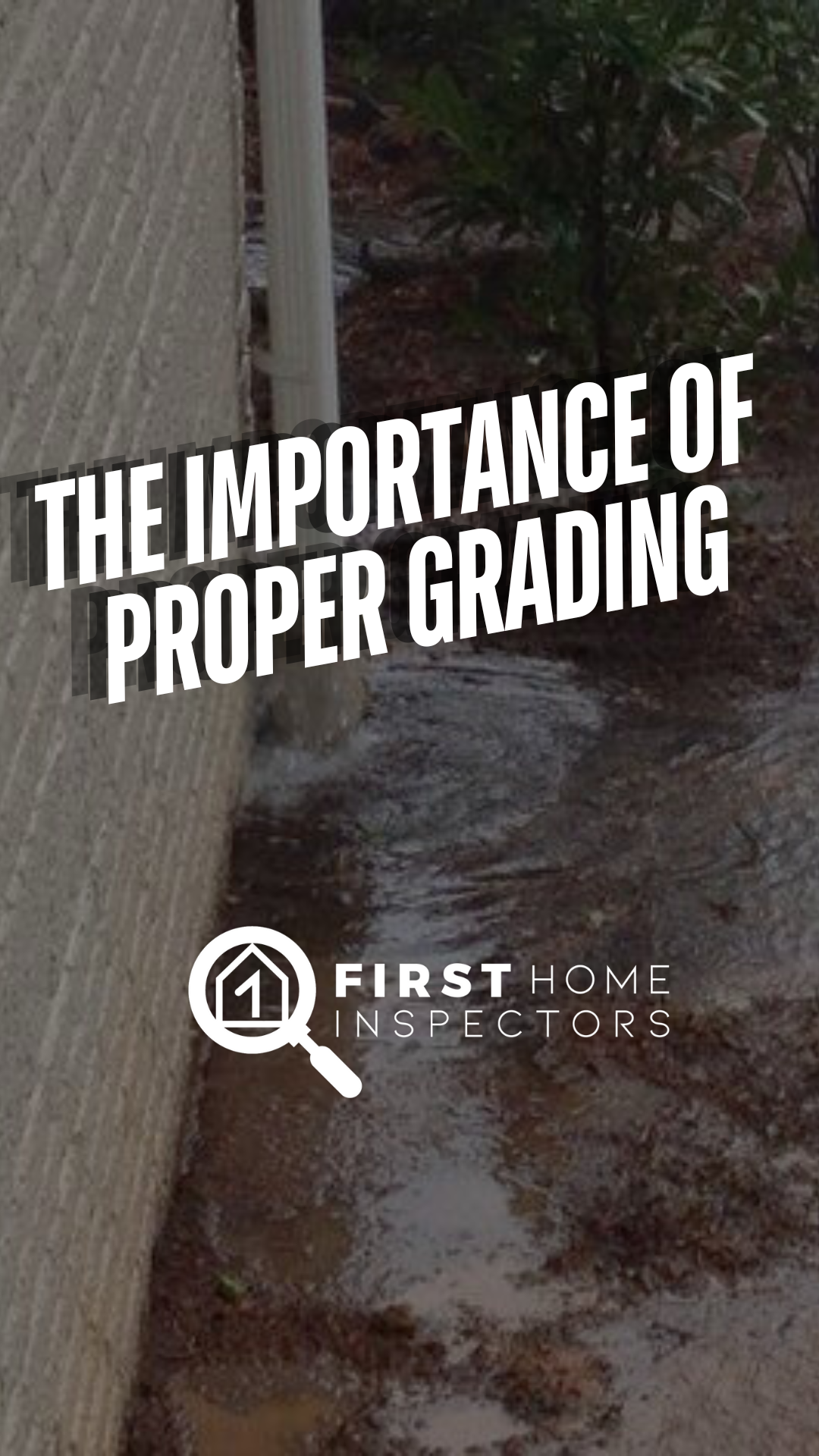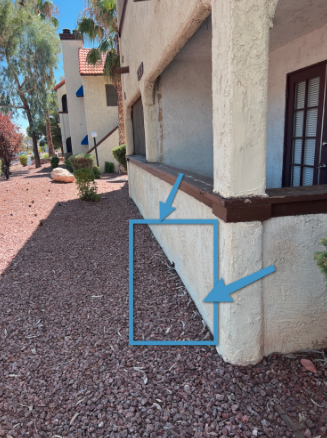The Importance of Proper Grading Around Your Home
What is Negative Grading?
Negative grading occurs when the soil around your home slopes inward towards the foundation instead of away from it. Ideally, the ground should slope away from the house by at least six inches for the first ten feet. This slope helps direct rainwater and melting snow away from the foundation, preventing moisture-related issues.
If you've noticed negative grading around your home—where the ground slopes towards the foundation—it’s crucial to address this issue promptly. Negative grading can lead to serious problems, including water intrusion and foundation issues. Here’s why proper grading matters and what steps you can take to remedy the situation.
Risks Associated with Negative Grading
1) Water Intrusion: When the ground slopes towards the home, rainwater can pool near the foundation. This can lead to water seeping into the basement or crawl space, causing dampness, mold growth, and structural damage.
2) Foundation Issues: Excess moisture around the foundation can weaken its integrity, leading to cracks, settling, or even foundation failure. Repairing foundation issues can be costly and complicated.
3) Landscape Damage: Negative grading can cause erosion and damage to landscaping, making it difficult to maintain a healthy yard and garden.
4) Pest Problems: Standing water near the foundation can attract pests, such as mosquitoes and termites, which can create additional issues for homeowners.
Recommendations for Correcting Negative Grading
1) Assess the Grading: Walk around your property and identify areas where the ground slopes towards the home. Take note of any pooling water after rainstorms.
2) Regrade Landscaping: If you have landscaping features like flower beds or decorative stones, you may need to regrade these areas to ensure proper drainage away from the foundation.
3) Install Drainage Solutions: In addition to grading, consider installing drainage solutions, such as French drains, downspout extensions, or surface gutters and drains.
4) Consult a Professional: If you’re unsure about how to proceed or if the grading issues are extensive, consider consulting a landscaping or drainage professional. They can provide expert advice and implement effective solutions.
5) Regular Maintenance: After correcting the grading, periodically check the landscape for any signs of erosion or pooling water. Regular maintenance will help ensure that drainage remains effective.
Negative grading assessed in a Las Vegas home during a home inspection
Conclusion
Proper grading around your home is essential for protecting your foundation and preventing water intrusion. If you notice negative grading, taking proactive steps to correct it can save you from costly repairs and ensure a safe and healthy environment. By assessing your property, adding soil, and implementing effective drainage solutions, you can maintain the integrity of your home for years to come. Regular inspections and maintenance will help keep your property in good shape and prevent future issues.


